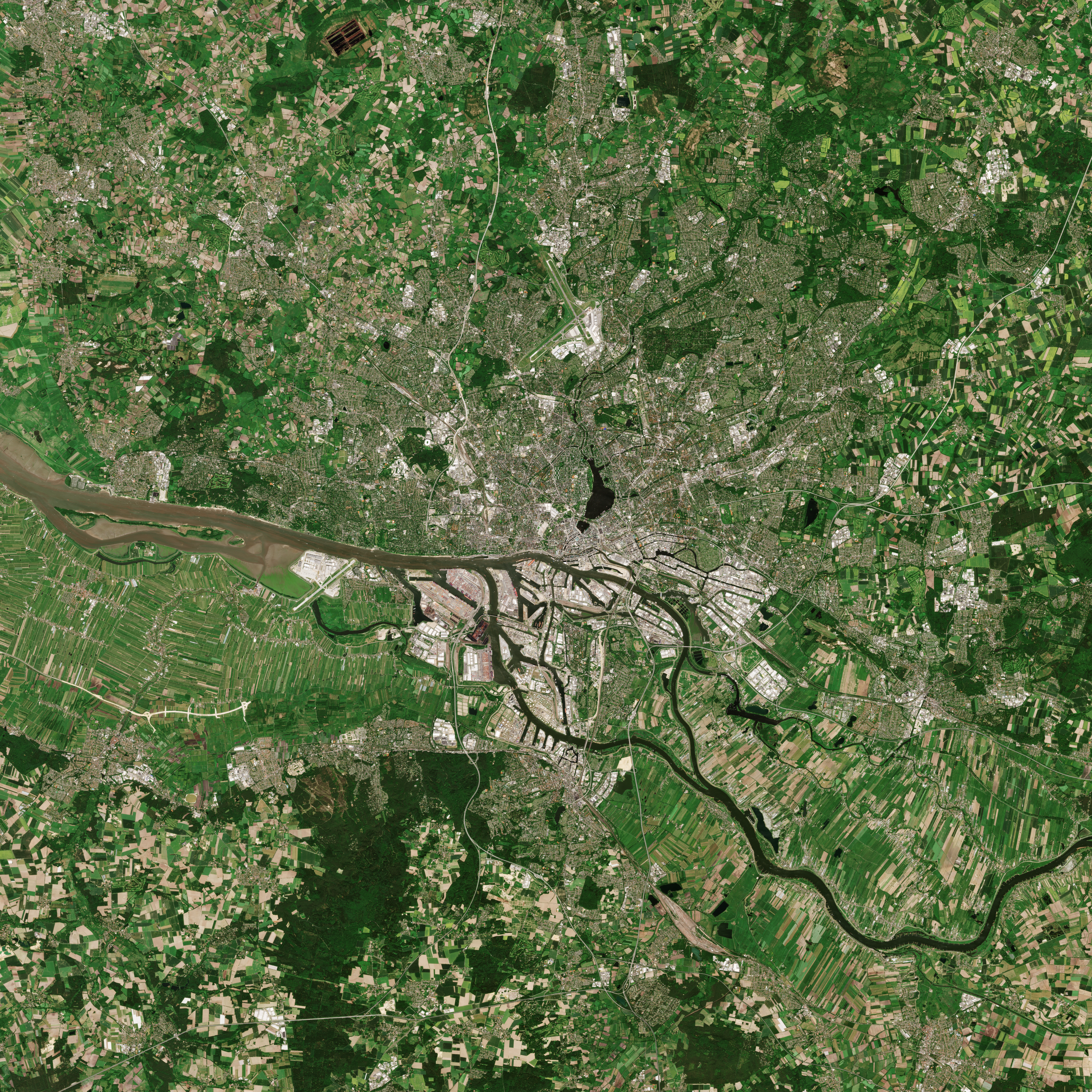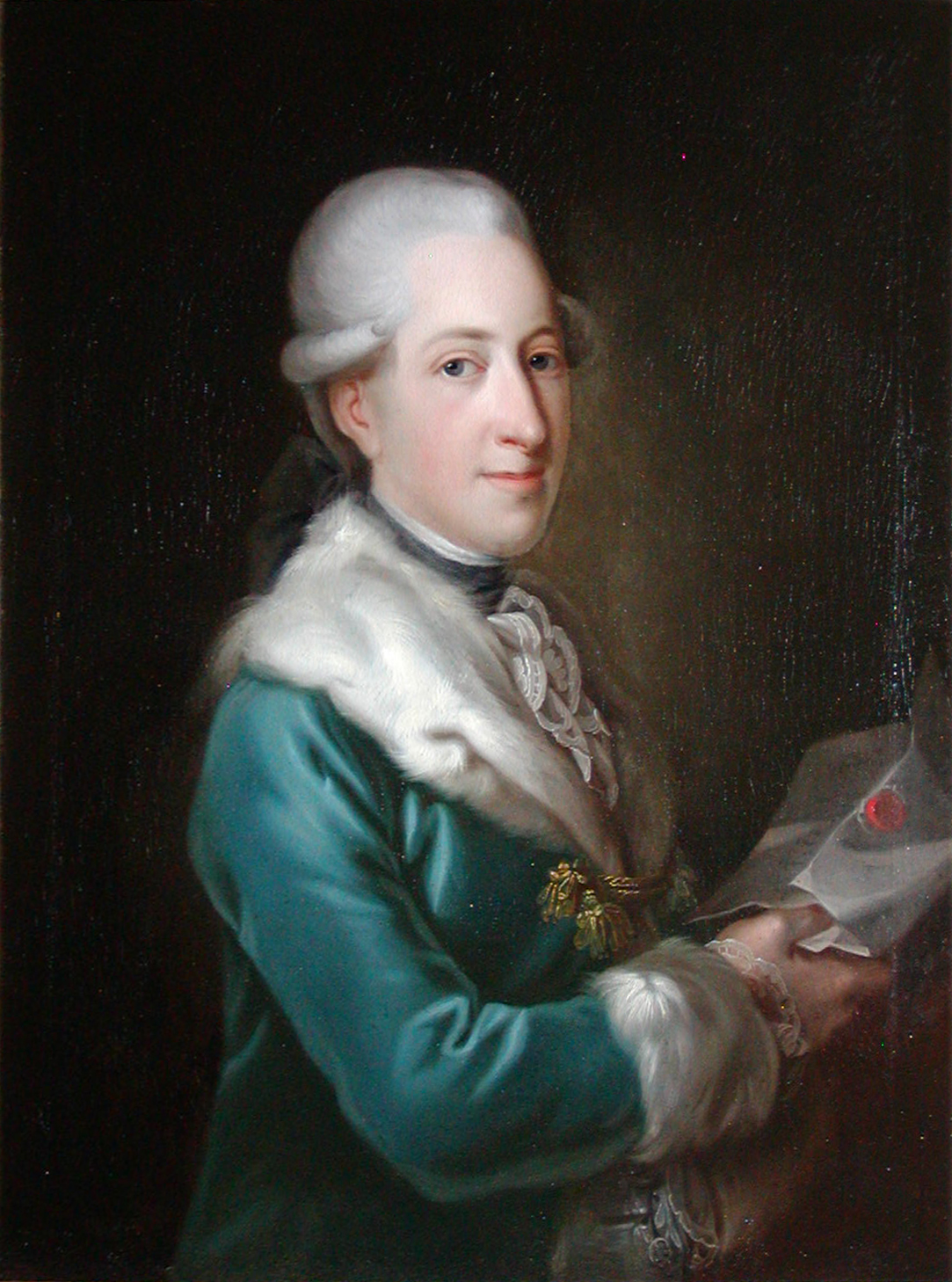|
Pandebjerg
Pandebjerg is a manor house on the island of Falster in southeastern Denmark. It has been owned by members of the Tesdorpf family since 1878. The current main building is from 1900. History Pandebjerg was established when Peder Estrup divided his recently acquired estate Kirstineberg in two. Both estates were passed on to his brother Jacob Brønnum Scavenius Estrup after Peder Estrup's death in 1848. J. B. S. Estrup, who would later serve as Prime Minister of Denmark, sold the estates to Therman Ø. Hillerup after a few years. Kirstineberg was renamed Gammel Kirstineberg ("Old Kirstinebjerg") after the western part of its land was transferred to a new farm called Ny Kirstineberg ("New Kirstineberg"). Pandebjerg was after Therman Ø. Hillerup's death in 1854 sold to H. Wilhjelm while Gammel Kirstineberg remained in the Hillerup family. Tesdorpf family Edward Tesdorpf, on e of the largest landowners in the area, acquired the estate in 1878. Originally from Hamburg, he had com ... [...More Info...] [...Related Items...] OR: [Wikipedia] [Google] [Baidu] |
Edward Tesdorpf
Edward Tesdorpf (7 September 1817 – 2 May 1889), was a German-Danish landowner, agricultural pioneer and sugar manufacturer. He became the owner of ten estates many of which were located in the Lolland-Falster area where he resided at Orupgaard near Nykøbing Falster where he founded a sugar factory in 1884. Several of the estates are still owned by his descendants, including Gjedsergaard and Pandebjerg on Falster. Early life Tesdorpf was born in Hamburg as the son of a wealthy merchant. Career He came to Denmark where he acquired Orupgård on the island of Lolland in 1840. He later acquired many other large properties, including Pandebjerg (1878) on Falster and Sædlingegård (1871) on Lolland, until he finally owned ten estates across Denmark with a total area of 2,400 hectares. He was a dynamic and innovative farmer, introducing a style of farming which was widely recognized as a model to be emulated. He thoroughly drained and fertilized the land, pioneered the use of steam ... [...More Info...] [...Related Items...] OR: [Wikipedia] [Google] [Baidu] |
Tesdorpf Family
The Tesdorpf family is a political and merchant Hanseaten family from Lübeck and Hamburg Germany. The Tesdorpfs were an old Patrician family in Lübeck before became the mayor of Lübeck in 1715. Peter Hinrich Tesdorpf founded , the first wine trading house in Germany.Carl Tesdorpf is primarily known for making , a French red wine that ages as it is shipped from Bordeaux to Lübeck. The Tesdorpf wine shop was known to supply wine to Germanic and Northern European royalty, as well as Napoleon. In 1999, Carl Tesdorpf was acquired by . The Carl Tesdorpf wine shop is also reported to be the oldest wine shop in Germany. In 1840, Edward Tesdorpf moved to the island of Lolland in Denmark, where he became a farmer, landowner, and sugar manufacturer. Many of the estates that Edward and his son acquired have remained in the Tesdorpf family, including Orupgaard, Pandebjerg, Gjedsergaard, , Gjorslev and . Germany * * Burkhard Tesdorpf * Ebba Tesdorpf * * * * * * * * * * ... [...More Info...] [...Related Items...] OR: [Wikipedia] [Google] [Baidu] |
Gammel Kirstineberg
Gammel Kirstineberg is a manor house located on the island of Falster in southeastern Denmark. The main building is from 1773 and was listed on the Danish registry of protected buildings and places by the Danish Heritage Agency on 5 March 1945. History Gammel Kirstineberg traces its history back to the late 18th century when Christian VII sold the royal holdings on Falster in auction to make payments on the Danish sovereign debt. The land was divided into eight parcels, each of which forming the basis of a new manor house with associated tenant farms. Parcel number seven was acquired by H. Tersling and P. Thestrup who constructed a house on the land and named the estate Vennerslund ("Friends' Grove"). A second manor house was built on the land in 1773 after the tenant farmers had complained about the long distances they had to cover to work in the fields. The new manor house was given the name Kirstineberg ("Kirstine's Hill") after Tersling's wife Kirstine. Tersling died in 1785 ... [...More Info...] [...Related Items...] OR: [Wikipedia] [Google] [Baidu] |
Neoclassical Architecture
Neoclassical architecture is an architectural style produced by the Neoclassical movement that began in the mid-18th century in Italy and France. It became one of the most prominent architectural styles in the Western world. The prevailing styles of architecture in most of Europe for the previous two centuries, Renaissance architecture and Baroque architecture, already represented partial revivals of the Classical architecture of ancient Rome and (much less) ancient Greek architecture, but the Neoclassical movement aimed to strip away the excesses of Late Baroque and return to a purer and more authentic classical style, adapted to modern purposes. The development of archaeology and published accurate records of surviving classical buildings was crucial in the emergence of Neoclassical architecture. In many countries, there was an initial wave essentially drawing on Roman architecture, followed, from about the start of the 19th century, by a second wave of Greek Revival archi ... [...More Info...] [...Related Items...] OR: [Wikipedia] [Google] [Baidu] |
Falster
Falster () is an island in south-eastern Denmark with an area of and 43,398 inhabitants as of 1 January 2010."Danmarks Statistik." Retrieved 28 June 2010. Located in the , it is part of Region Zealand and is administered by Guldborgsund Municipality. Falster includes Denmark's southernmost point, Gedser Odde, near Ged ... [...More Info...] [...Related Items...] OR: [Wikipedia] [Google] [Baidu] |
Denmark
) , song = ( en, "King Christian stood by the lofty mast") , song_type = National and royal anthem , image_map = EU-Denmark.svg , map_caption = , subdivision_type = Sovereign state , subdivision_name = Kingdom of Denmark , established_title = Consolidation , established_date = 8th century , established_title2 = Christianization , established_date2 = 965 , established_title3 = , established_date3 = 5 June 1849 , established_title4 = Faroese home rule , established_date4 = 24 March 1948 , established_title5 = EEC accession , established_date5 = 1 January 1973 , established_title6 = Greenlandic home rule , established_date6 = 1 May 1979 , official_languages = Danish , languages_type = Regional languages , languages_sub = yes , languages = GermanGerman is recognised as a protected minority language in the South Jutland area of Denmark. , demonym = , capital = Copenhagen , largest_city = capital , coordinates = , ethnic_groups = , ethnic_gro ... [...More Info...] [...Related Items...] OR: [Wikipedia] [Google] [Baidu] |
Jacob Brønnum Scavenius Estrup
Jacob Brønnum Scavenius Estrup, (16 April 1825 – 24 December 1913), was a Danish politician, member of the Højre party. He was Interior Minister from 1865 to 1869 in the Cabinet of Frijs and Council President as well as Finance Minister from 1875 to 1894 as the leader of the '' Estrup Cabinet''. At 23 years, he was the longest sitting Danish minister ever. From a Danish historical perspective, he is perhaps most famous (or infamous) for the so-called provisional time (''provisorietiden'') from 1885-1894. After a huge defeat in the 1884 ''Folketinget'' parliamentary election, in which the Højre party only gained 19 out of 102 seats, he simply refused to resign as Head of Government. (The title "''konseilspresident''" has later been changed to "''statsminister''" but both titles are equivalent to Prime Minister) He then wasn't able to get parliamentary support for the imperative annual Financial Laws, he instead managed to bring about King Christian IX's support for ' ... [...More Info...] [...Related Items...] OR: [Wikipedia] [Google] [Baidu] |
Prime Minister Of Denmark
The prime minister of Denmark ( da, Danmarks statsminister, fo, Forsætisráðharri, kl, Ministeriuneq) is the head of government in the Denmark, Kingdom of Denmark comprising the three Unity of the Realm, constituent countries: Denmark, Greenland and the Faroe Islands. Before the creation of the modern office, the kingdom did not initially have a head of government separate from its head of state, namely the Monarch of Denmark, monarch, in whom the Executive (government), executive authority was vested. The Constitution of Denmark, Constitution of 1849 established a constitutional monarchy by limiting the powers of the monarch and creating the office of . The inaugural holder of the office was Adam Wilhelm Moltke. The prime minister presides over a Cabinet of Denmark, cabinet that is formally appointed by the monarch. In practice, the appointment of the prime minister is determined by his or her support in the Folketing (the National Parliament). Since the beginning of the ... [...More Info...] [...Related Items...] OR: [Wikipedia] [Google] [Baidu] |
Hamburg
Hamburg (, ; nds, label=Hamburg German, Low Saxon, Hamborg ), officially the Free and Hanseatic City of Hamburg (german: Freie und Hansestadt Hamburg; nds, label=Low Saxon, Friee un Hansestadt Hamborg),. is the List of cities in Germany by population, second-largest city in Germany after Berlin, as well as the overall List of cities in the European Union by population within city limits, 7th largest city and largest non-capital city in the European Union with a population of over 1.85 million. Hamburg's urban area has a population of around 2.5 million and is part of the Hamburg Metropolitan Region, which has a population of over 5.1 million people in total. The city lies on the River Elbe and two of its tributaries, the River Alster and the Bille (Elbe), River Bille. One of Germany's 16 States of Germany, federated states, Hamburg is surrounded by Schleswig-Holstein to the north and Lower Saxony to the south. The official name reflects History of Hamburg, Hamburg's history ... [...More Info...] [...Related Items...] OR: [Wikipedia] [Google] [Baidu] |
Orupgaard
Orupgaard is a manor house located east of Nykøbing and north of Idestrup on the Danish island of Falster. With a history dating from the 13th century, Orupgaard today manages over of farmland and forest as well as an equestrian facility at Brændte Ege Avlsgaard. History Early history Orupgaard is first mentioned in the Danish Census Book in 1231 as ''Oræthrop''. It consisted of a few small farms managed by Nykøbing Palace on behalf of the Crown. Around 1660, they were merged into one property. After Orupgaard was completely destroyed by fire in 1718, the land was leased out to farmers until 1766 when Christian Hincheldey bought the estate. In 1809, Hincheldey's widow sold it to the English baron Charles August Selby (1755–1823) who built a fine new manor which he left to his son Charles Borre de Selby."Orupgaards historie" , Or ... [...More Info...] [...Related Items...] OR: [Wikipedia] [Google] [Baidu] |
Henrik Christopher Glahn
Henrik is a male given name of Germanic origin, primarily used in Scandinavia, Estonia, Hungary and Slovenia. In Poland, the name is spelt Henryk but pronounced similarly. Equivalents in other languages are Henry (English), Heiki (Estonian), Heikki (Finnish), Henryk (Polish), Hendrik (Dutch), Heinrich (German), Enrico (Italian), Henri (French), Enrique (Spanish) and Henrique (Portuguese). It means 'Ruler of the home' or 'Lord of the house'. People named Henrik include: * Henrik, Prince Consort of Denmark (1934–2018) * Prince Henrik of Denmark (born 2009) * Henrik Agerbeck (born 1956), Danish footballer * Henrik Andersson (badminton) (born 1977), Swedish player * Henrik Christiansen (other) * Henrik Dagård (born 1969), Swedish decathlete * Henrik Dam (1895-1976), Danish biochemist, physiologist and Nobel laureate * Henrik Dettmann (born 1958), Finnish basketball coach * Henrik Otto Donner (1939-2013), Finnish composer and musician * Henrik Fisker (born 1 ... [...More Info...] [...Related Items...] OR: [Wikipedia] [Google] [Baidu] |



_-_facade_on_Piazza_dei_signori.jpg)



